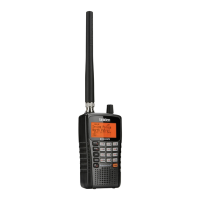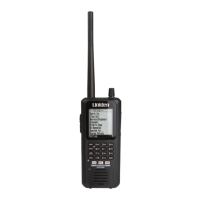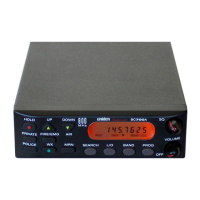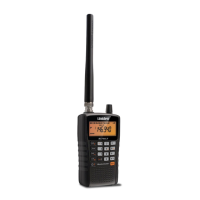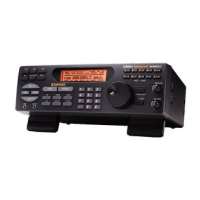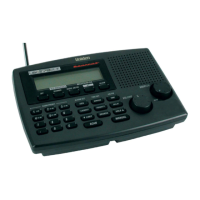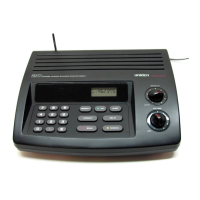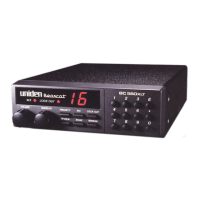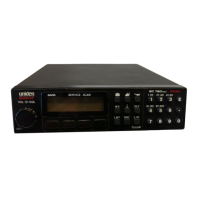You can tell which block a Motorola ID is in by its number.
Block Lower ID# Upper ID#
0 0000 8191
1 8192 16383
2 16384 24575
3 24576 32767
4 32768 40959
5 40960 49151
6 49152 57343
7 57344 65535
Thanks to
Radio Reference.com for most of this information.
Type II Special Status Bits
Contents
Type II Motorola Smartnet systems use these status bits for special transmissions such as emergency, patches, DES/DVP scrambled transmissions, and multiselects.
Motorola trunking radios directly interpret them for their special functions, thus no difference is noticed by the person with the radio. The scanner however interpret these
special talkgroup status bits as different talkgroups entirely. Below is the conversion chart for these special status bits.
TT ID + # Usage
TT ID + #
Usage
ID+0 Normal Talkgroup ID+8 DES/DVP Encryption talkgroup
ID+1 All Talkgroup ID+9 DES All Talkgroup
ID+2 Emergency ID+10 DES Emergency
ID+3 Talkgroup patch to another ID+11 DES Talkgroup patch
ID+4 Emergency Patch ID+12 DES Emergency Patch
ID+5 Emergency multi-group ID+13 DES Emergency multi-group
ID+6 ? ID+14 ?
ID+7 Multi-select (initiated by dispatcher) ID+15 Multi-select DES TG
Therefore, if a user was transmitting a multi-select call on talkgroup 1808, the scanner would actually receive those transmissions on 1815. Some common uses of these
status bits are as follows:
-When a user hits their emergency button, all conversations on the talkgroup revert to the emergency status talkgroup (ID+2) until the dispatch clears the
emergency status. Therefore, if someone hit their emergency button and their radio was on talkgroup 16, all communications would switch to talkgroup 18.
-A lot of Fire and EMS departments dispatch tone-outs and alarms as Multi-select communications (ID+7). Therefore, if your fire department dispatch talkgroup is
1616, and they do dispatch tone-outs and alarms as Multi-selects, then those communications will be on talkgroup 1623.
Thanks to the
Radio Reference.com for this information.
Contents
